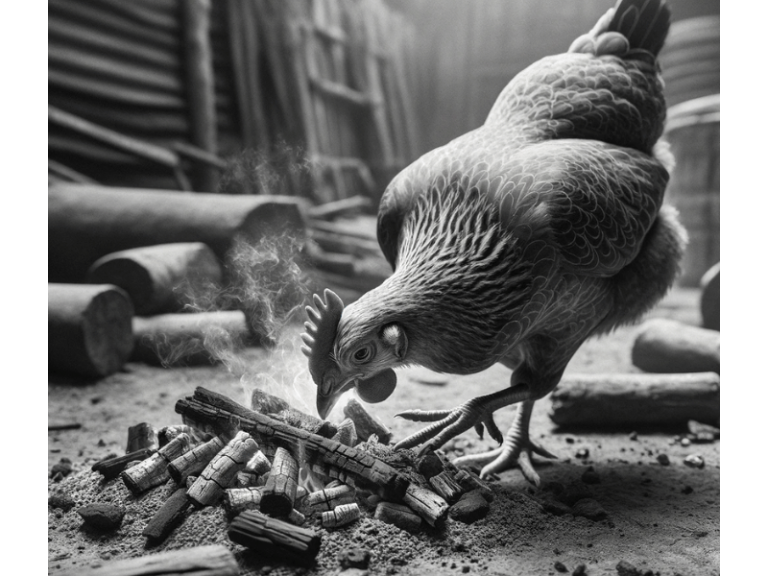Rice and wheat grains seem to be like delicacies for chickens! However, despite feeding them these items, they still wander around pecking at coal ash, sand grains, and small stones. Sometimes, they dig large holes in the mud in search of these “foods”.
Could it be that they have a strange stomach capable of digesting stones? Are stones a delicious “delicacy”? Not at all.
We know that food needs to be chewed by teeth before it can be digested in the stomach. However, chickens, like other birds, do not have teeth. What to do then? The answer lies in eating coal ash and the like. The chicken’s stomach is like a rubber bag made of strong muscles. If only food were placed in this rubber bag, even with vigorous muscle contractions, it wouldn’t easily crush the food. However, once coal ash and similar substances are mixed in, when the stomach muscles contract, they squeeze and rub, easily breaking down the food. This storage place for coal ash and for breaking down food is called the gizzard. The muscles here are very well developed, and during stomach muscle movements, coal ash and similar substances act as a grinding plate. In the anterior part of the gizzard, called the proventriculus, gastric juice secreted here thoroughly mixes with the food before it enters the gizzard. Not only that, before entering the gizzard, the food has already spent some time in the dilated part of the esophagus—a place called the crop—where it undergoes preliminary processing and partial digestion.
In fact, not only chickens have the habit of eating coal ash, small stones, and the like; pigeons and other birds also have this peculiar habit.

